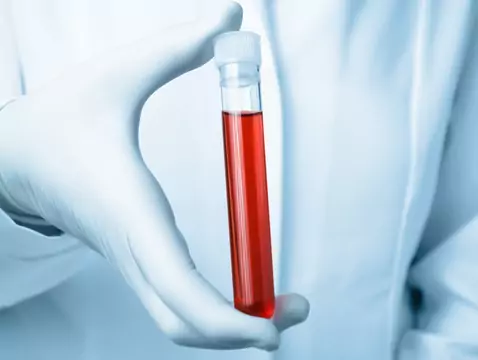Rhabdomyolysis is a pathological process of muscle breakdown that results in damage - sometimes irreversible - to the human body. Although there are many non-specific symptoms and the process itself can affect many human organs, the most common effects are kidney damage. This is due to the release of myoglobin as well as lactic acid and other organic acids into the intercellular fluid from the disintegrating muscle cell.
When a damaging agent is acted upon, processes take place in the myocytes that cause metabolic disruption and swelling, with the result that the cell membrane breaks down and muscle cells enter the extracellular fluid unhindered. Metabolic acidosis, which results from the process outlined, is caused by the appearance of lactic acid and other cell-derived organic acids in the intercellular fluid. Other organic compounds are also released, such as potassium, whose elevated concentration can cause cardiac arrhythmias, or phosphates, which lead to hypercalcaemia, which, by combining with calcium, results in the deposition of these compounds in soft tissues throughout the body. Another compound released is creatinine, which activates the formation of creatinine. Uric acid levels are also found and swelling occurs in tissues throughout the body [1].
Although muscle accounts for as much as approximately 40% of body weight in adult humans, damage to 100 g of muscle can already cause significant changes and induce clinical symptoms [3].









